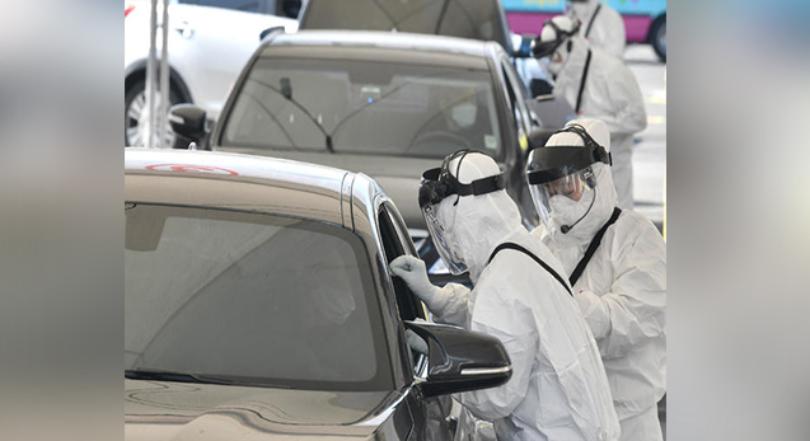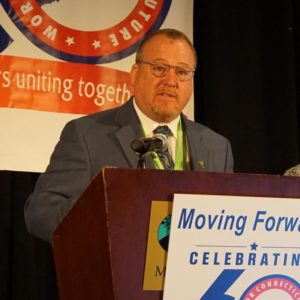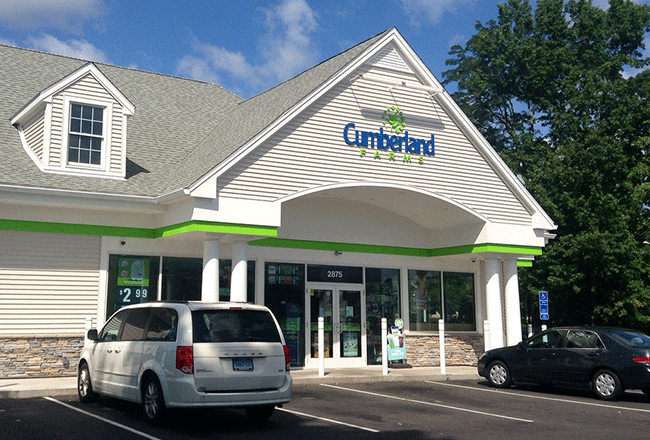COVID-19 testing in Connecticut has been netting a less than 10% infection rate for the past few days, Gov. Ned Lamont announced today ”“ another positive sign that the worst of the health crisis may be behind the state.
 Connecticut conducted another 2,316 tests and received 211 positive results over the past 24 hours, bringing those respective totals to 132,508 and 33,765. Hospitalizations were down by 30 to 1,212, while deaths increased by 41 to 3,008.
Connecticut conducted another 2,316 tests and received 211 positive results over the past 24 hours, bringing those respective totals to 132,508 and 33,765. Hospitalizations were down by 30 to 1,212, while deaths increased by 41 to 3,008.
Fairfield County now has 13,312 positive cases and 1,034 deaths; hospitalizations declined to 384.
Stamford has the most positive COVID-19 cases in the state, with 2,937, followed by Bridgeport (2,468), New Haven (1,982), Norwalk (1,763), Hartford (1,529), Waterbury (1,523), Danbury (1,507), West Haven (867), Hamden (780), Greenwich (719) and Stratford (663).
Supply and demand of PPE is “getting more even,” the governor said, with “a lot” having arrived over the weekend; an official announcement will be made tomorrow.
Most reopening businesses will be responsible for sourcing their own PPE, Lamont said, though the state and the Connecticut Business and Industry Association can provide some for small businesses.
The FDA’s recent approval of a new antigen test means that the state should be able to collect around 5 million samples a week within the next week or so, he said.
Josh Geballe, the state’s COO, reported that Connecticut is on target to reach its goal of conducting 42,000 traditional tests a week, one of the criteria that the administration has said needs to be met if the May 20 reopening is to become a reality.
Asked about some restaurants’ balking at the “outdoor dining only” proviso that will be in place on that date, Lamont said he was “hesitant” to allow for immediate indoor dining. However, he noted Greenwich First Selectman Fred Camillo’s suggestion that that town’s main road, Greenwich Avenue, could be closed to traffic to allow those restaurants to set up tables there. That kind of creativity “will help bring towns to life” and “make them more vibrant,” he said.
Union leaders note concerns
Jan Hochadel, president of American Federation of Teachers (AFT) Connecticut, and David Roche, president of the Connecticut Building Trades Council and general vice president of the Connecticut AFL-CIO ”“ both members of the Reopen Connecticut Advisory Group ”“ appeared to outline their respective industries’ concerns.


Hochadel said that a survey of her organization’s members had found that “Teachers don’t believe distance learning is effective as a long-term method,” thanks to many parents’ inability to adequately teach a variety of subjects to their children, and a lack of technical skills and knowledge among some parents and children.
Questions also remain among educators about testing protocols, social distancing, and PPE supplies, as well as transportation (limiting the number of children on a school bus, and assigning them specific seats).
Hochadel further noted that procedures need to be in place for the fall on what to do if a student or teacher contracts the disease or the state sees another coronavirus surge. She also stressed that art, music and shop classes ”“ often the first to be cut for budget reasons ”“ should remain in place.
Roche said many of his members had expressed concerns when it was first revealed that in-progress construction projects should continue, but that “overall the infection rate on construction jobs was low.”
When an infection was discovered, Roche said, projects were shut down and the areas disinfected.
Future mitigating practices under consideration include more wash stations and staggering shift start times, Roche said.
The numbers
As of this writing, there are more than 1.34 million positive cases and nearly 80,000 virus-related deaths in the U.S., with over 213,500 recovered. Globally, there are over 4.15 million positive cases and in excess of 285,000 deaths, with more than 1.4 million recovered.






















